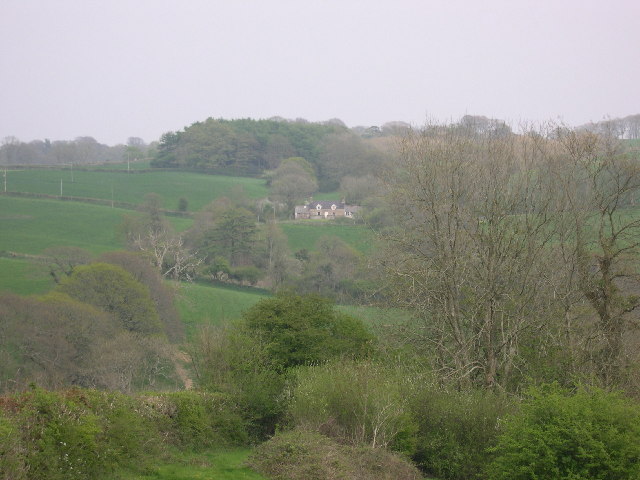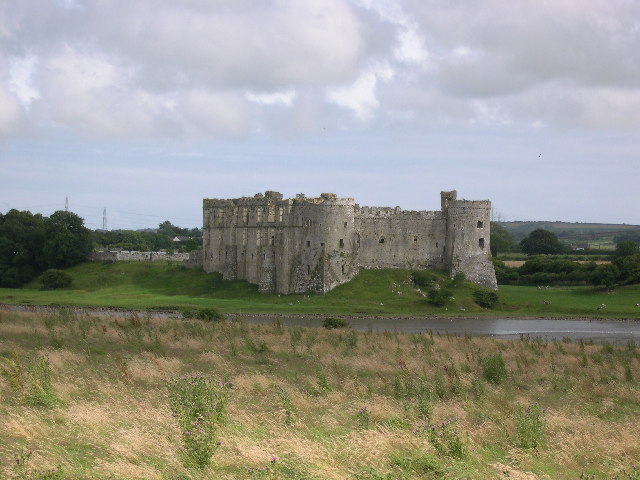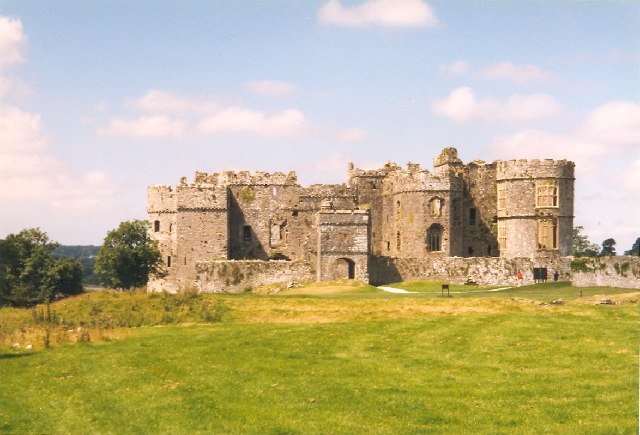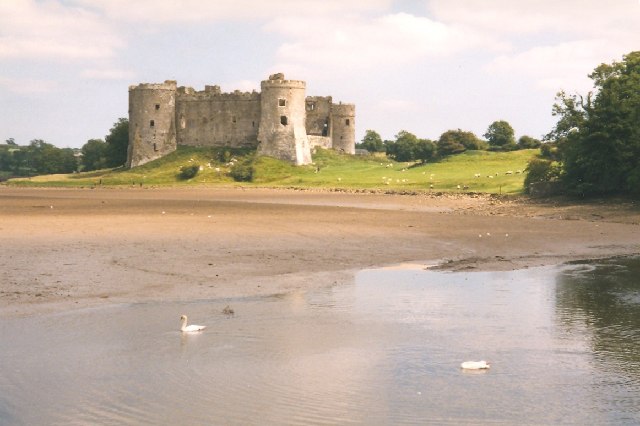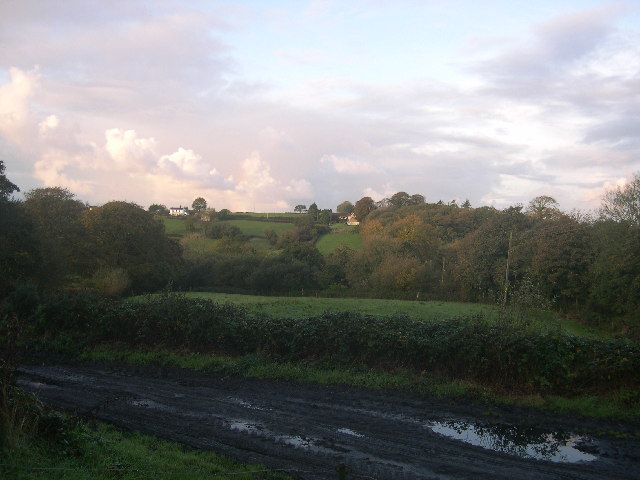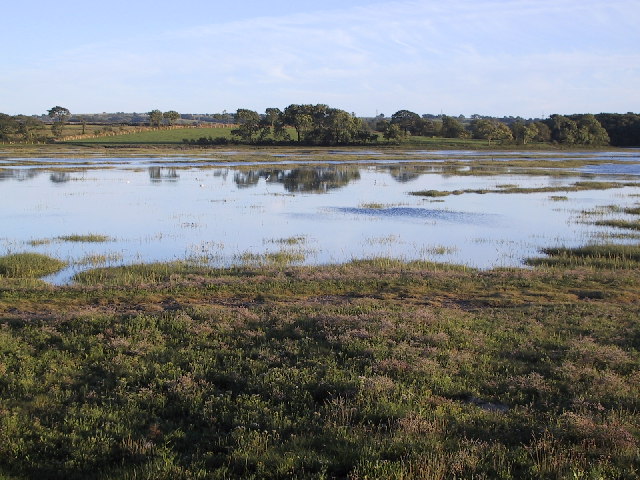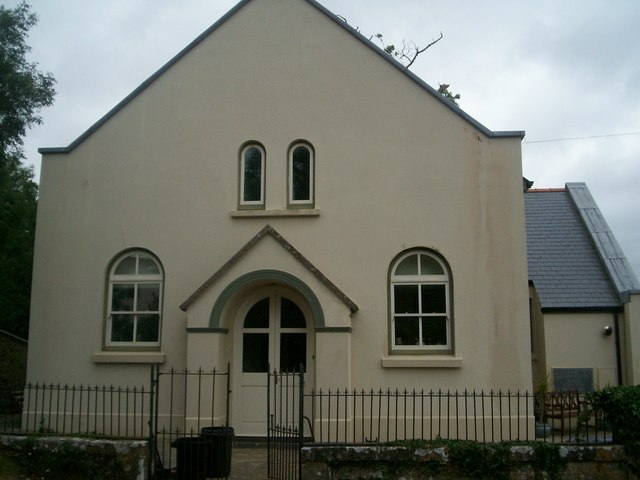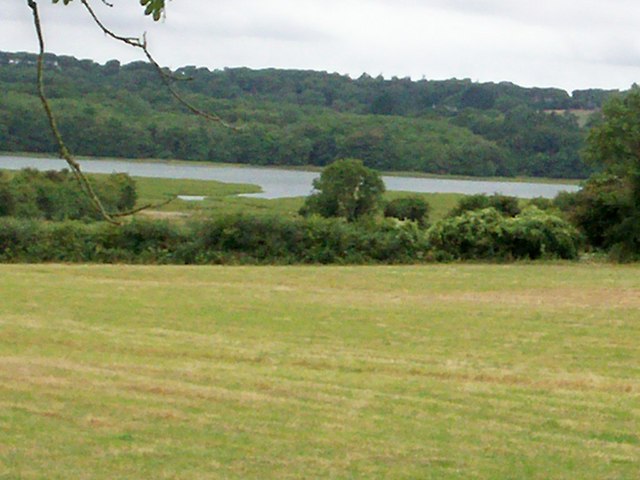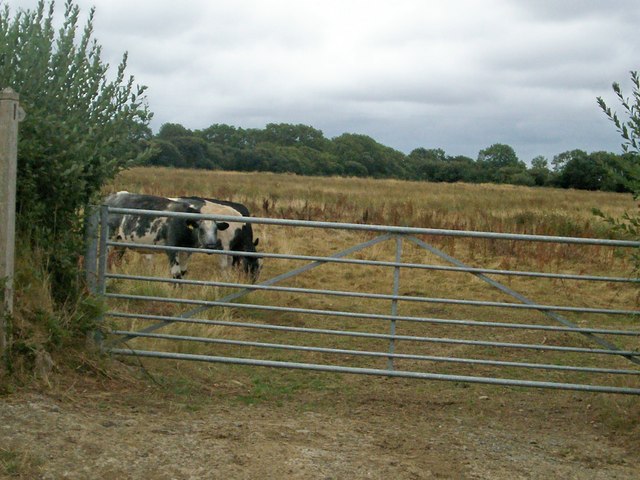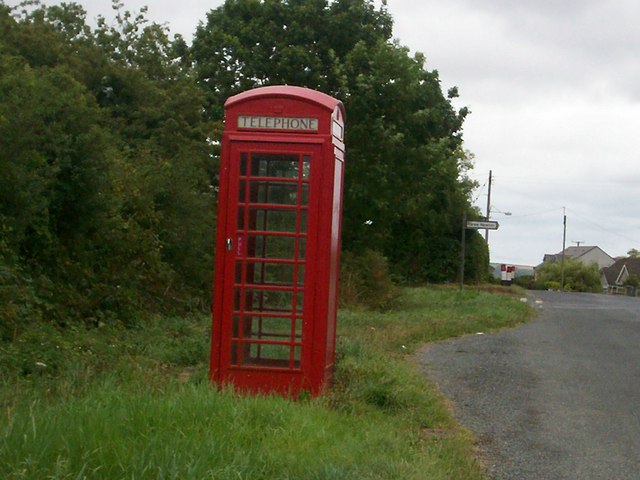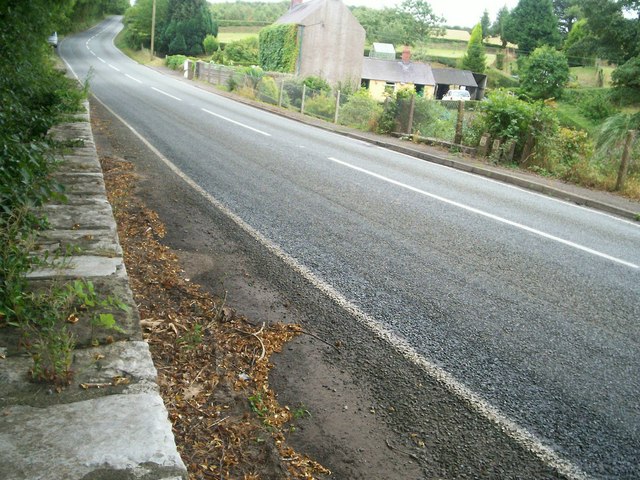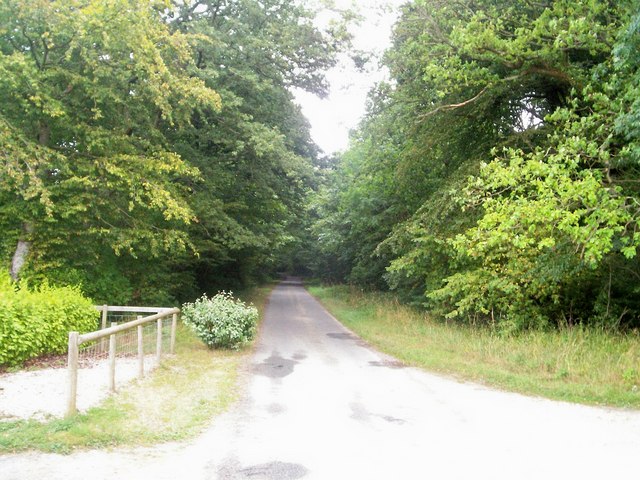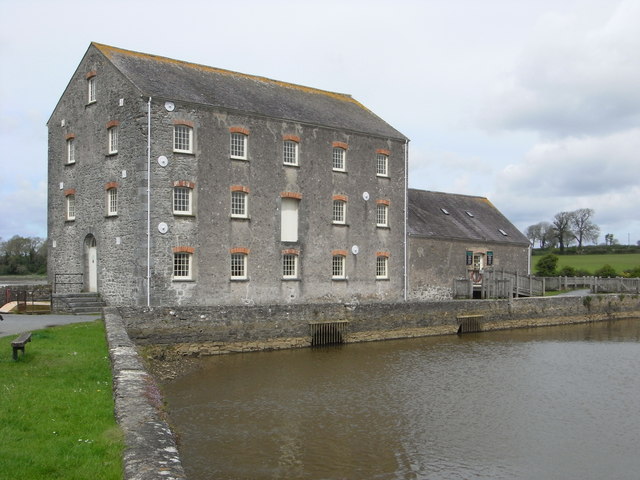Carew Newton
Settlement in Pembrokeshire
Wales
Carew Newton
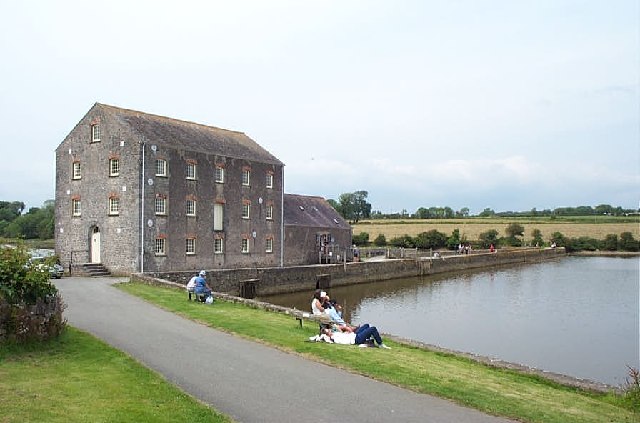
Carew Newton is a small village located in the county of Pembrokeshire, Wales. Situated approximately 5 miles northwest of the town of Tenby, it is nestled in a picturesque rural setting, surrounded by rolling countryside and farmland.
The village is best known for its historic Carew Castle, a magnificent medieval fortress that dates back to the 12th century. The castle, now a popular tourist attraction, stands on the banks of the Carew River and offers visitors a glimpse into the area's rich history. The nearby tidal mill, known as Carew Mill, is also a notable landmark and provides insight into traditional milling techniques.
In addition to its historical significance, Carew Newton boasts stunning natural beauty. The village is bordered by the picturesque Carew River, which winds its way through the surrounding countryside, providing a tranquil setting for walks and picnics. The surrounding area is also home to a diverse range of wildlife, making it a haven for nature enthusiasts.
Although small in size, Carew Newton offers a friendly and close-knit community atmosphere. The village is home to a handful of local amenities, including a pub, a primary school, and a village hall. The nearby town of Tenby provides residents with a wider range of services, including shops, restaurants, and leisure facilities.
Overall, Carew Newton is a charming village that combines a rich historical heritage with natural beauty, making it an attractive destination for both locals and visitors seeking a peaceful retreat in the heart of Pembrokeshire.
If you have any feedback on the listing, please let us know in the comments section below.
Carew Newton Images
Images are sourced within 2km of 51.704664/-4.831991 or Grid Reference SN0404. Thanks to Geograph Open Source API. All images are credited.

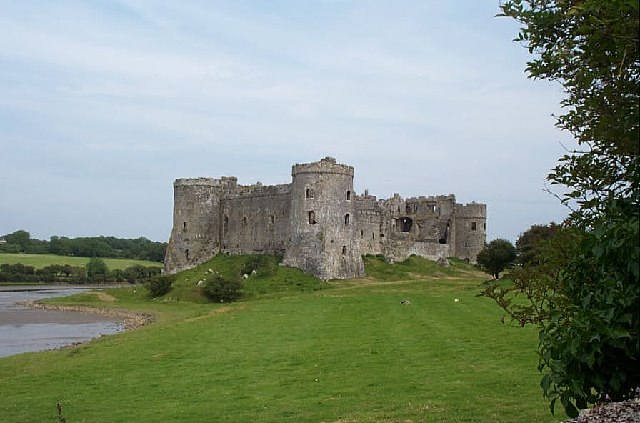
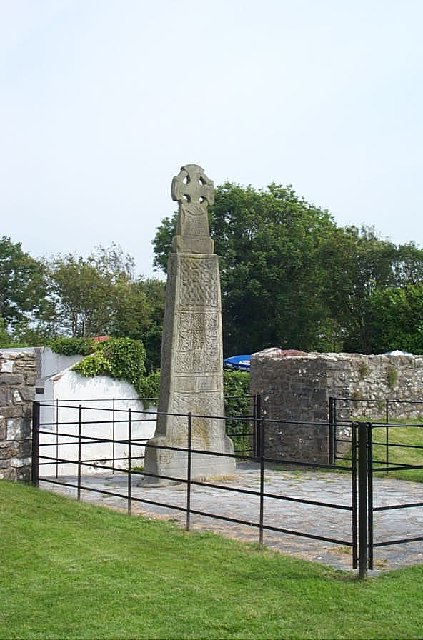

Carew Newton is located at Grid Ref: SN0404 (Lat: 51.704664, Lng: -4.831991)
Unitary Authority: Pembrokeshire
Police Authority: Dyfed Powys
What 3 Words
///tile.boldest.reference. Near Jeffreyston, Pembrokeshire
Nearby Locations
Related Wikis
Carew Tidal Mill
Carew Tidal Mill (Welsh: Melin Caeriw), also called the French Mill, is a corn mill in Pembrokeshire, Wales, powered by tidal water. It was built around...
Carew Castle
Carew Castle (Welsh: Castell Caeriw) is a castle in the civil parish of Carew in Pembrokeshire, Wales. The Carew family take their name from this site...
Carew, Pembrokeshire
Carew (Welsh: Caeriw) is a village, parish and community on an inlet of Milford Haven in the former Hundred of Narberth, Pembrokeshire, West Wales, 4 miles...
Carew Cross
Carew Cross (Welsh: Croes Caeriw) is an 11th-century Grade I listed monument in the village of Carew, Pembrokeshire, Wales. == Description == The cross...
Nearby Amenities
Located within 500m of 51.704664,-4.831991Have you been to Carew Newton?
Leave your review of Carew Newton below (or comments, questions and feedback).
